Poor pathetic Durham could only muster 517 all out in their first innings against Warwickshire and were therefore invited to follow-on. Fortunately, they managed to escape with a draw after Matt Potts – yes, that Matt Potts – made 149 not out.
It is safe to say that in its second week of matches, the Kookaburra ball lived up to its reputation.
Warwickshire’s 698-3 was the silliest total (within which Ed Barnard’s 1 was unarguably the standout innings) but pretty much every team got in on the batting action. All nine first-class matches were draws.
We’ve detected, in some quarters, a peevish scorn for the Kookaburra and the challenge of taking wickets with it. But this is the point, no? If your side’s fundamentally built around Dukes-exploiting seamers, you are going to struggle. Look at your squad, look at other squads – is there potentially another way?
Other ways
Derek Underwood died yesterday. We never saw him play, but he has always struck us as an underappreciated England cricketer. No-one says that much about him. For all his brilliance, perhaps there is simply little to say.
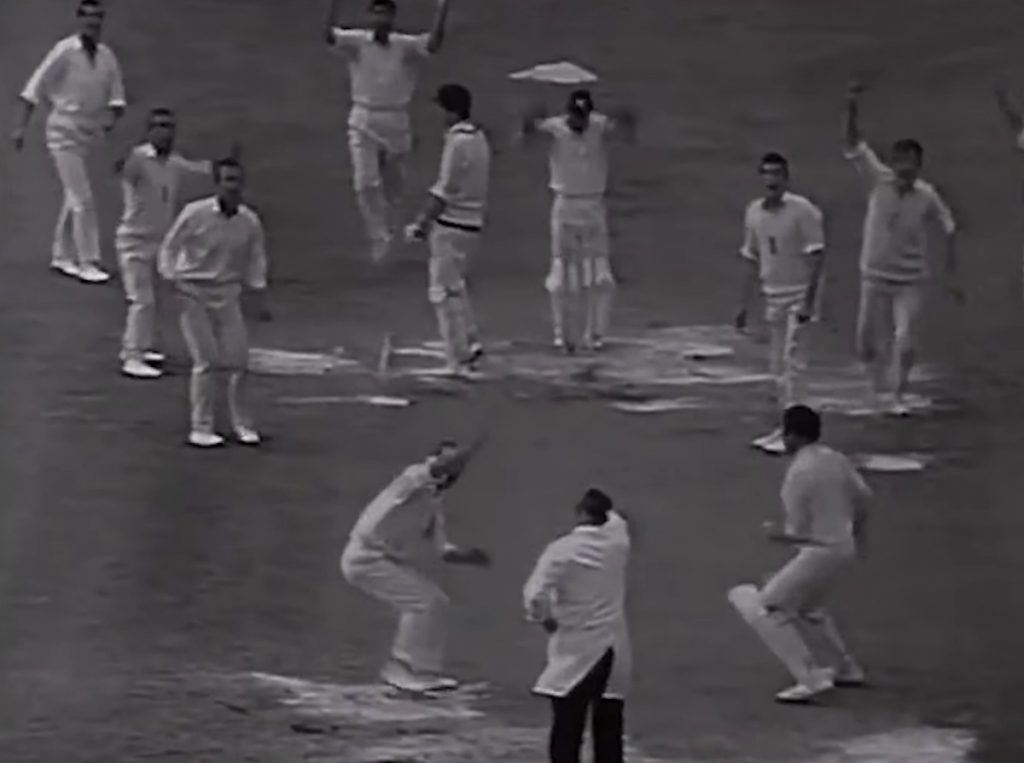
If you know anything about ‘Deadly’, you’ll know that he bowled very quickly for a spinner and was unplayable on uncovered pitches. Mike Atherton said pretty much precisely this in a quick tribute for Sky Sports last night. In fact everyone said it. It is what you always say about Derek Underwood and, for some reason, you say very little beyond that.
Atherton also said that Underwood was probably England’s greatest-ever spinner. He took 297 Test wickets at an average of 25.83. You’d think he might crop up in conversation/commentary a little more often, but again and again it’s the same thing: bowled quickly, supremely accurate, borderline unplayable on uncovered pitches, the end.
Underwood was perhaps a creature of his time – but there is huge merit in that. He exploited his time better than anyone else and that required skill, physicality and iron willpower.
Writing in his newsletter, Gideon Haigh points to the pressure of living up to “this pitch is just made for Underwood” expectations, but also the need to continually resist suggestions that he needed to alter his method to move closer to classical perceptions of what a left-arm finger spinner should be.
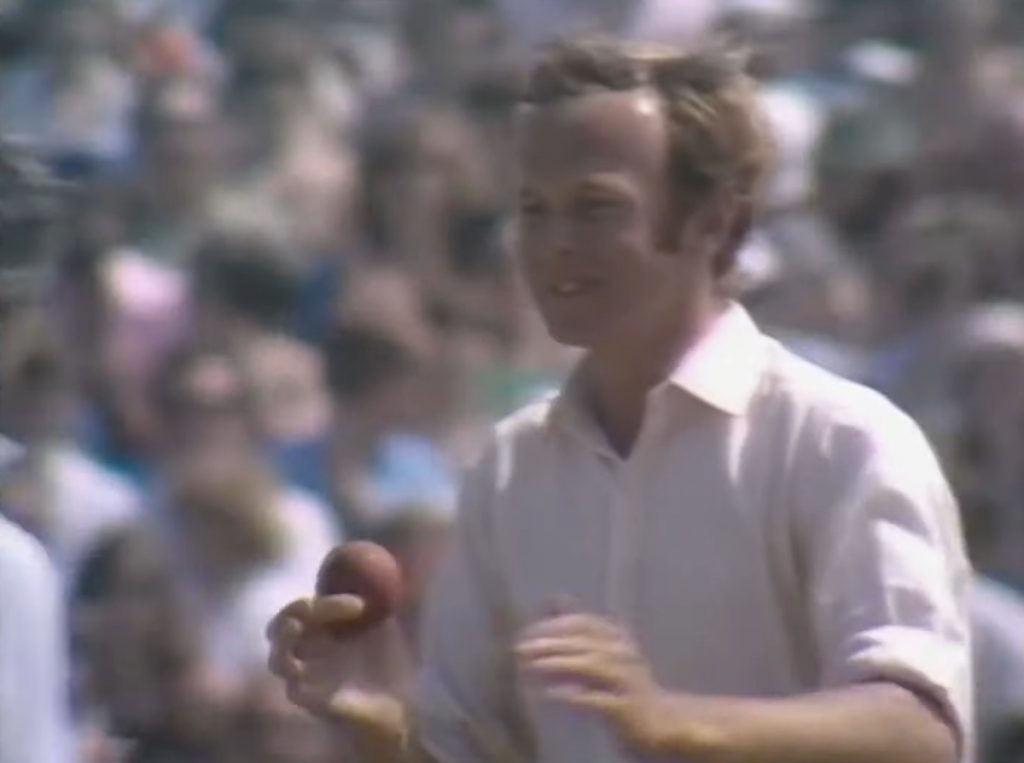
This reminds us of another slow left-armer who didn’t perhaps resist those pressures quite so well: Monty Panesar.
The stick with which Monty was beaten was Shane Warne’s famous quote that he hadn’t played X Tests, but one Test X times. This was a fantastic line because it was catchy and felt true. It also carried great weight because it came from one of the greatest spinners of all; one who succeeded through trickery and variety and all the things that weren’t really part of Monty’s game.
But Monty had been succeeding anyway.
Nevertheless, you can always do better and bad days are unavoidable. Pressure duly ensued and Monty made efforts to reshape himself. He tried to bowl slower. He tried to come up with a few more tricks.
He was always more Underwood than Warne though; more Glenn McGrath than Wasim Akram. Not every successful bowler fits an archetype.
> Let’s pick a Left-Handed All-Time Greats XI
Derek Underwood honed in on a method and refined it. If it was a method tailored to maximally exploit the vagaries of uncovered pitches, well, that was the game. Why aspire to become what others expected you to be when you’d already found a better way? Flight and loop be damned!
Deadly with a Kookaburra?
On the face of it, we’re drawing a connection between opposite ends of a spectrum here: dicey pitches where it’s hard to score a run and true pitches combined with an unresponsive ball.
But the principle is the same: there is usually a better way to go about things than what everyone has historically done – if only because the game is never static.
Go where the ball isn’t. Find a spot where eventually it’ll come to you.
County cricket has spent several decades moving towards an ecosystem where bowling strategy has been shaped by the finer points of dibbling versus dobbling, and where spinners (and fast bowlers) have become ever more scarce.
> Fast bowling: County cricket’s diesels and the unprepared Test batters they create
It takes many years to create a cricketer, so you can’t just hand these teams a different cricket ball one day and expect them to magic-up different players.
Use of the Kookaburra ball might therefore be a thing where it’ll take a few seasons before we see the effects. The odds of the experiment lasting that long in the world of county cricket seem slim.
Let’s see what happens when it makes its return for another phase in the summer.
If you want us to e-mither you, here’s where you can make that happen.

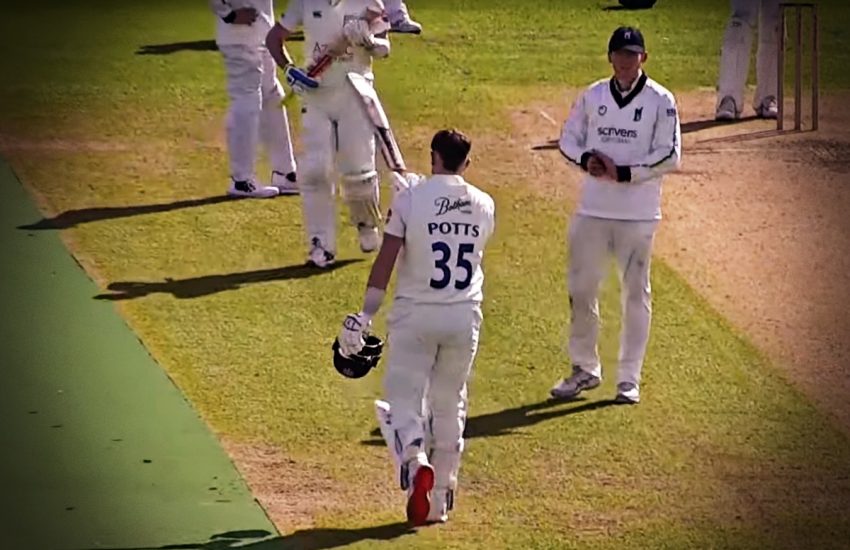
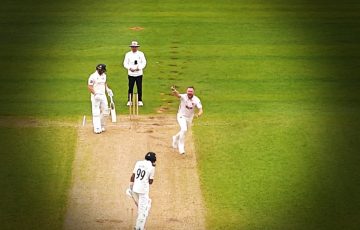


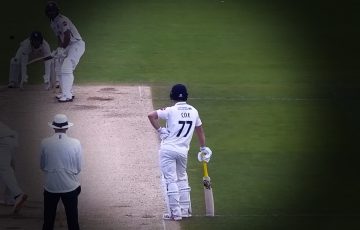
I’ve got Ed Barnard in my fantasy team, obviously.
Performance of the season for us. So much better and less obvious than making a duck.
As a Durham fan since their Minor Counties days, I find following on when they’ve scored 517 rather funny. That’s all. Nothing insightful.
I watched and admired Deadly a lot in my childhood/youth, but only saw Deadly play live once. It was my first ever day at a test match, in 1977, which ended with me and my mate Graham chatting with Bob Willis on the London Underground:
https://ianlouisharris.com/1977/08/27/my-first-ever-day-at-a-test-match-with-graham-majin-england-v-australia-day-3-oval-27-august-1977/
Roll the clock forward 30 years or more, and I had the privilege of meeting Derek underwood face-to-face at a lunch, during a county match between Kent and Middlesex. I was the guest Uncail Marcas…or more accurately Uncail Marcas’s dad. The Marcas family were long-standing Kent members. It was some sort of charity lunch and Deadly spoke for a good few minutes.
One thing I remember especially about Underwood’s talk was his regret that hew as remembered as “unplayable on uncovered pitches”. He pointed out that lots of bowlers were nigh-on unplayable in those conditions. He also pointed out that he played long into the covered pitches era (about half his career), during which time his stats remained significantly better than pretty much anyone else’s in England. He attributed a lot of his success to his partnership with Alan Knott behind the stumps, which worked well in pretty much any conditions.
How Deadly would have got on with the Kookaburra in England on covered pitches in April, we’ll never know.
Uncail Marcas btw, was introduced to the King Cricket world some 15 years ago in this leporine piece:
https://www.kingcricket.co.uk/pakistan-v-netherlands-world-twenty20-match-report/2009/06/12/
In Kookaburra news, Rob Key is riding that metaphorical capybara like a metaphorical rodeo cowboy:
https://www.theguardian.com/sport/2024/apr/16/kookaburra-rob-key-england-cricket-county-championship